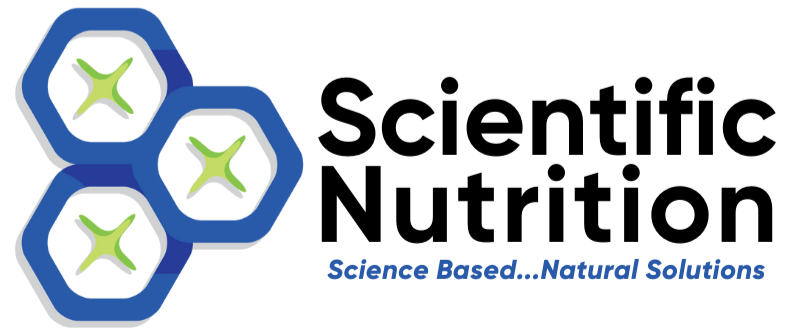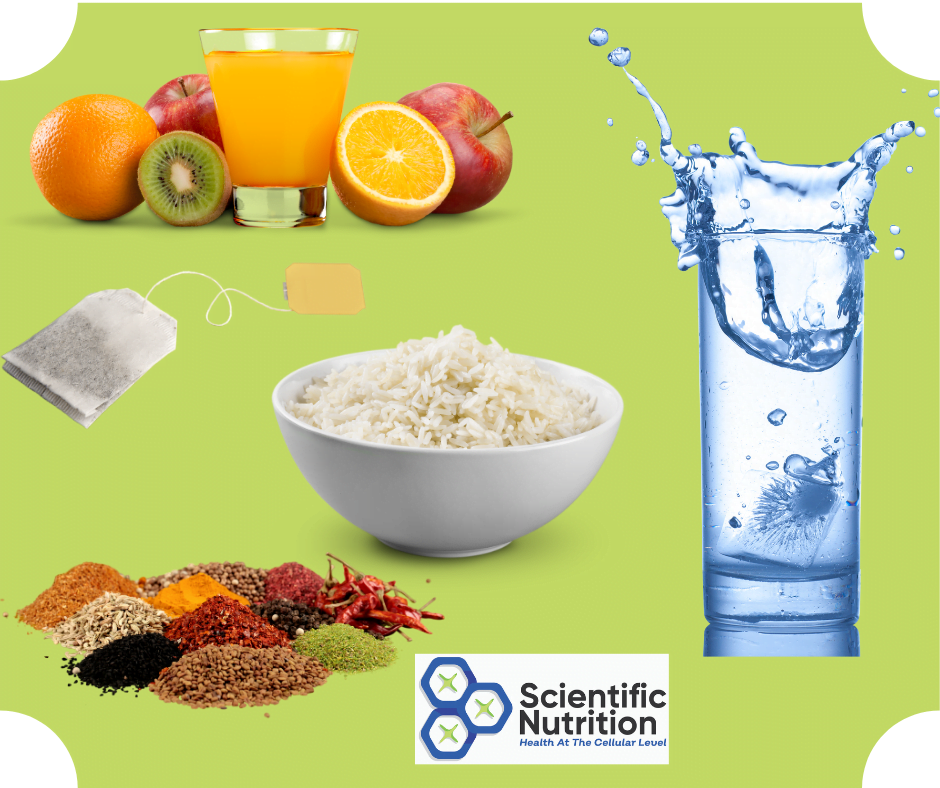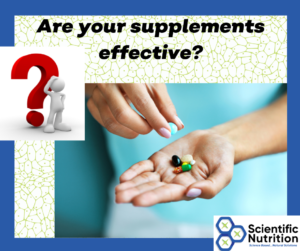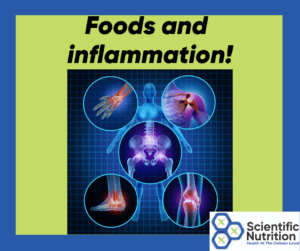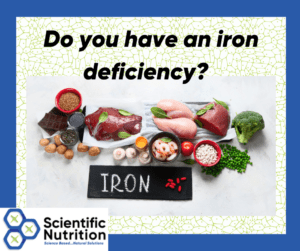Do you know if you have heavy metal toxicity from the foods you are eating?
The best way to find out is a Hair Mineral Analysis test. We can find out where you are and dig in to find possible sources while replacing deficient minerals to correct a myriad of symptoms.
- Water! Lead, Mercury, and Manganese are very common and in all different water sources. Farm chemical run-off into water sources contributes to higher levels of Mercury which triggered the warning for pregnant women to limit their fresh and saltwater fish intake. Manganese is naturally in the aqua-ducts of many states and can often cause well waters that are not treated with bleach/chlorine to smell like rotten eggs, particularly in the spring and fall.
.
Up to 10 million homes are estimated to still have lead water pipes that it is sitting in for hours or days leaching into the next demand. I have also seen clients who use refrigerator water filters show high Copper toxicity because the water is at times waiting on the backside in a copper pipe or even a plastic tubing where bacteria can accumulate. I do not recommend using them for drinking or ice.
.
. - All rice (organic, brown, white, wild) is found to be high in Arsenic due to ground contamination. Sadly the rice with the fiber still on them such as brown and wild is higher so try to limit intake to twice weekly. I have however seen huge amounts in my clients that eat the white rice varieties daily. To cut the level in half, cook your rice at a 5:1 ratio of water to rice and rinse with water once you have cooked it. You can also soak the rice overnight, rinse, and cook at the normal 2:1 ratio of water to rice to reduce the level by up to 80%.
.
. - Large fish such as Tuna, Halibut, and Cod all eat smaller fish that causes an accumulative effect of Mercury toxicity. These big fish also have a longer life span than smaller fish like sardines so they are also more susceptible to having major parasite issues.
.
. - Baby foods have been notorious lately for having heavy metals within them. One study found that 95% of samples are contaminated with various metals! A wise alternative would be to cook organic/non-GMO foods, use a food processor to puree them, and freezing small amounts for when you need them.
.
. - Non-organic, processed Franken “foods” are often higher in all heavy metals due to the pesticide that is on or in many of the ingredients. When combined, the toxic load is compounded. If you list the chemicals and ingredients found in a typical American diet for a day, you would be dumbfounded. Most of them are a mystery that would take some time to google. You will need to figure out what they are and then why they are in the product. If it has 1-2 ingredients, grows from the ground, or was once alive, it’s a better choice.
.
. - Teas are an unexpected way that people can be ingesting heavy metals daily. The plants can often pull Lead and Aluminum up from the soil even if they are naturally there (not in the case of pesticides, herbicides, etc.). Mainly because massive amounts of mineral depletion happens in commercially farmed soil. Indian teas have the highest percentage of Cadmium at almost 44% whereas Chinese teas had the lowest at 9.5%. A combination of contaminated soil and the nature of the tea plant, they suck up Aluminum, Lead, and Nickel often. The older leaves can pull 20 times more than the younger ones.
.
The heaviest in Lead is black and Rooibos tea. They always shows up as high Nickel on my client’s hair analysis results. Use organic, steep for less than 3 minutes, use particularly safe containers such as glass, and a clean spring water source with no fluoride added. Call the distributor about fluoride as they will not list it on the bottle. Research shows brands of organic green tea can have an even higher Lead level than non-organic. These plants pull nickel from all types of soil.
.
. - Spices are cheaply grown then harvested containing a lot contamination. Studies have shown up to 50% of them are contaminated with Lead. Tumeric has is particularly high in lead and more so if you buy from unbranded, overseas packaged suppliers. This is not my opinion, it is according to the Journal of Public Health Management and Practice. In comparison to the 2.5 ppm (parts per million) allowed in the U.S, there was a study finding it to have 50 ppm! They caution against purchasing online or from one who has purchased them abroad. Major brands are better at monitoring heavy metals for safety purposes in the U.S.
. - On January 30th of 2019, Consumer Reports tested 45 popular fruit juices including apple, pear, grape, and fruit blends. Each product tested contained varying levels of Cadmium, Arsenic, Lead, or Mercury. Half of the brands tested having “concerning” levels according to the study. In reality, they found that 80% of parents give their kids juice and 74% more than once a day! The FDA has set a lead guideline for fruit juice of 50 ppb. The standard for lead in bottled water is 10 times lower, at 5 ppb.
.
.
WHY is this ok?
The bottled water industry has to meets an even lower level of lead at 1 ppb. This is according to FDA data by the Environmental Defense Fund. Should your store bought juice be on the shelf at all?So why is it ok to toxify our children? It’s important to note that organic products did NOT have lower amounts. Either skip the fruit juice and try some organic carrot juice early on with little ones.
Are you ready to see where your heavy metal and mineral levels are at?
LET’S CHAT about your health goals!
Learn more about the link between copper toxicity and cancer. If you want to know aluminum symptoms go HERE.
Copyright Scientific Nutrition, LLC 2020
